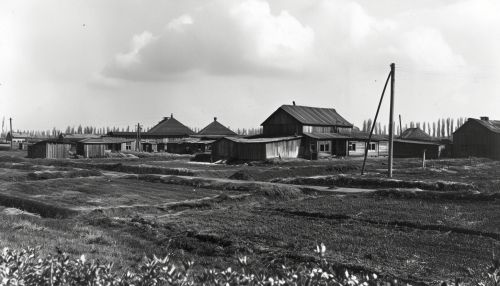Collectivization in the Soviet Union
Background
The policy of collectivization was a major political and economic initiative of the Soviet Union during the 1930s. It was aimed at consolidating individual landholdings and labor into collective farms, primarily to increase agricultural productivity and to replace the traditional peasant-based farming structure with a more efficient and controllable system.


Origins and Implementation
The origins of collectivization in the Soviet Union can be traced back to the early years of the Russian Revolution of 1917. The Bolsheviks, led by Lenin, sought to transform the agrarian society of Russia into a socialist one through the redistribution of land to the peasantry. However, the resulting system of small, individually owned farms proved to be inefficient and difficult to control, leading to the idea of collectivization.
The implementation of collectivization began in earnest under the leadership of Stalin in the late 1920s. The First Five-Year Plan, launched in 1928, set ambitious targets for the expansion of the collective farm system. The state used a combination of propaganda, coercion, and violence to force peasants to join collective farms, leading to widespread resistance and upheaval.
Impact on Agriculture
Collectivization had a profound impact on agriculture in the Soviet Union. The immediate effect was a drastic decline in agricultural output, leading to the famine of 1932-33, which resulted in millions of deaths. However, the state was able to exert greater control over agricultural production and distribution, and over time, the collective farm system became more efficient and productive.
Social and Political Consequences
The social and political consequences of collectivization were far-reaching. It led to the destruction of the traditional peasant way of life and the creation of a new class of rural workers who were dependent on the state. Collectivization also served to consolidate Stalin's power and to eliminate potential opposition within the countryside.
Legacy
The legacy of collectivization in the Soviet Union is a complex and contentious issue. While it undoubtedly played a key role in the transformation of the Soviet Union into a major world power, it also resulted in immense human suffering and loss of life. The collective farm system remained in place until the dissolution of the Soviet Union in 1991, and its impact continues to be felt in the post-Soviet states today.
